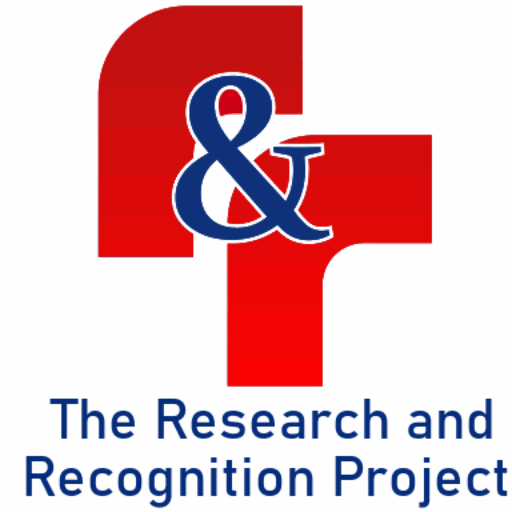From Nightmares to Restful Sleep: How RTM Protocol Addresses Sleep Disturbances in PTSD
Many individuals suffering from Post-Traumatic Stress Disorder (PTSD) experience significant sleep disturbances that severely impact their quality of life. Recurrent nightmares and flashbacks can make the simple act of falling asleep terrifying, leading to chronic sleep deprivation and exacerbating other PTSD symptoms. As someone who has worked extensively with trauma survivors, I’ve witnessed firsthand how addressing these sleep disturbances can be transformative in the healing journey.
The RTM Protocol Approach
The Reconsolidation of Traumatic Memories (RTM) Protocol offers a revolutionary approach to treating PTSD symptoms, particularly those affecting sleep. This neurological intervention targets the core of traumatic experiences by using a brief visualization process to retrieve and alter memory structures. Unlike exposure-based therapies that may retraumatize patients, RTM is designed to be minimally distressing while maximizing therapeutic outcomes.
During RTM sessions, which typically last 90 minutes, clients remain calm and relaxed as they work with clinicians to visualize images that help process traumatic memories without re-experiencing the intense emotions associated with the trauma. This distinctive approach allows the brain to reconsolidate these memories-essentially reprocessing them in a way that strips away their emotional charge while preserving the factual content.
The Sleep-Trauma Connection
Sleep disturbances in PTSD aren’t merely symptoms; they’re mechanisms that help maintain the disorder. Nightmares repeatedly activate trauma networks in the brain, reinforcing neural pathways associated with fear and helplessness. By directly targeting these pathways, RTM disrupts this cycle.
The protocol requires at least one mandatory sleep cycle between sessions, which is no coincidence. Sleep plays a crucial role in memory consolidation, and this deliberate spacing allows the brain to integrate the therapeutic changes occurring during RTM sessions.
Evidence of Effectiveness
Research consistently demonstrates RTM’s remarkable impact on sleep disturbances. In published studies, 81% of clients reported complete cessation of nightmares and flashbacks related to their treated traumas. This striking improvement occurs rapidly-often within just three to four sessions.
One particularly compelling study revealed that RTM participants experienced a mean 18-point reduction on the PCL-5 (a standard PTSD assessment), with 48% no longer meeting diagnostic criteria for PTSD after treatment. These improvements have been shown to persist over time, with some studies tracking maintenance of gains for up to one year[6].
Clinical Observations
In my clinical practice, I’ve observed distinct phases in sleep improvement with RTM. Initially, clients often report reduced nightmare frequency and intensity. Then, many experience a complete cessation of trauma-related nightmares. Finally, overall sleep quality improves as hypervigilance diminishes and natural sleep patterns resume.
One client aptly described their experience: “After only 4 sessions with RTM Protocol, I now sleep much more restfully and wake up feeling more optimistic about life in general.” This sentiment echoes what many clients express-the profound relief of being able to close their eyes at night without fear.
Beyond Symptom Relief
The benefits extend beyond mere symptom reduction. As sleep quality improves, clients often report enhanced cognitive function, reduced anxiety and depression, increased self-esteem, and better daytime functioning. The restorative power of quality sleep creates a positive cascade effect on overall wellbeing.
For those suffering from the relentless intrusion of trauma into their sleep, RTM offers not just hope but a concrete, evidence-based path to recovery. By addressing one of PTSD’s most debilitating symptoms quickly and effectively, this protocol helps restore what many clients consider priceless-the ability to rest peacefully through the night.
